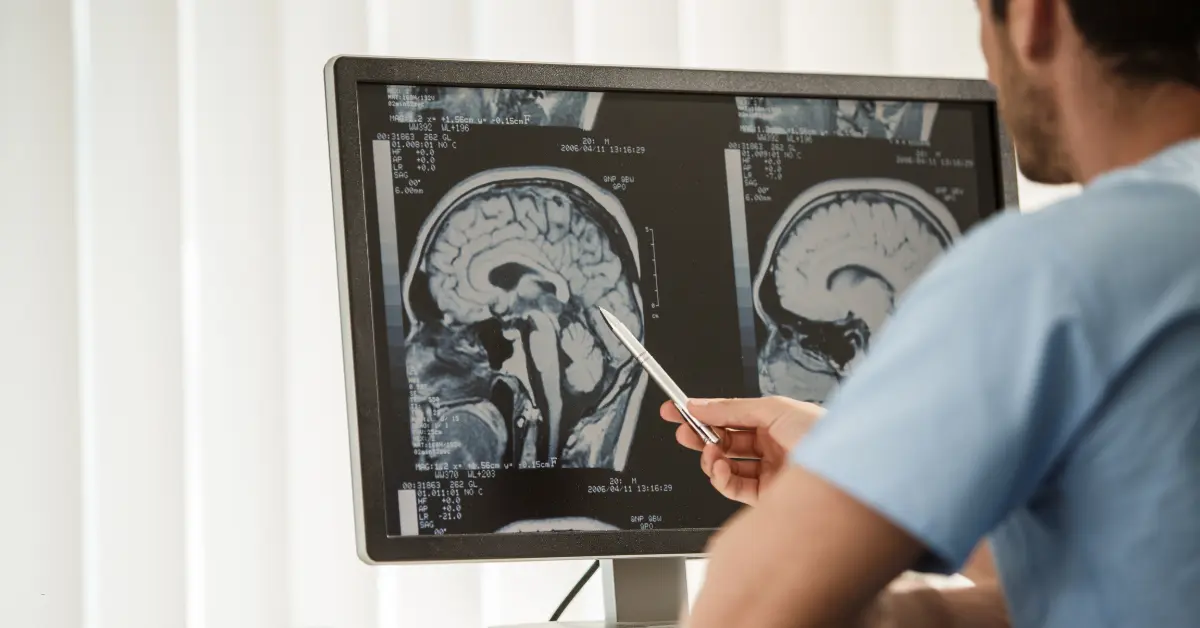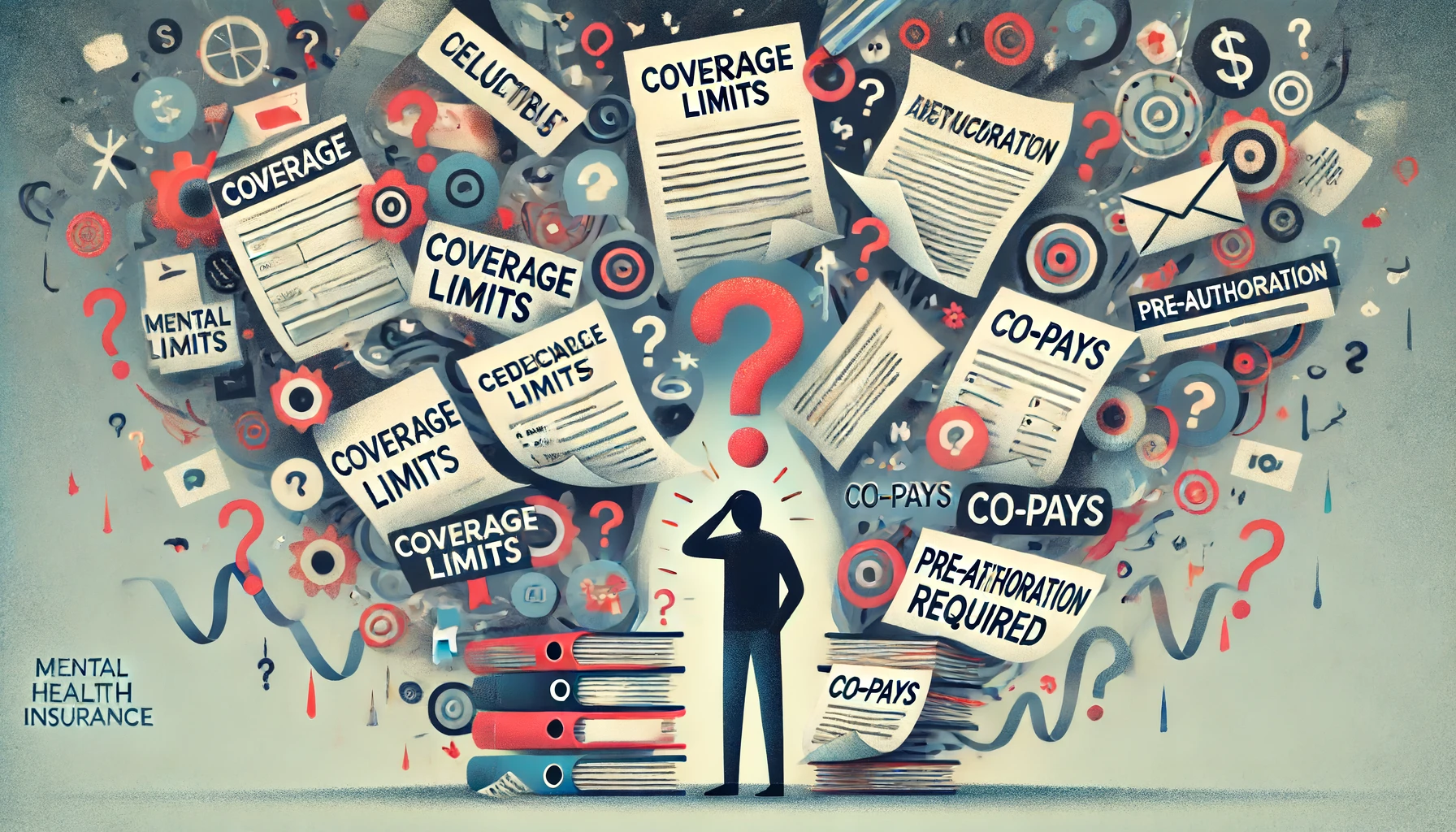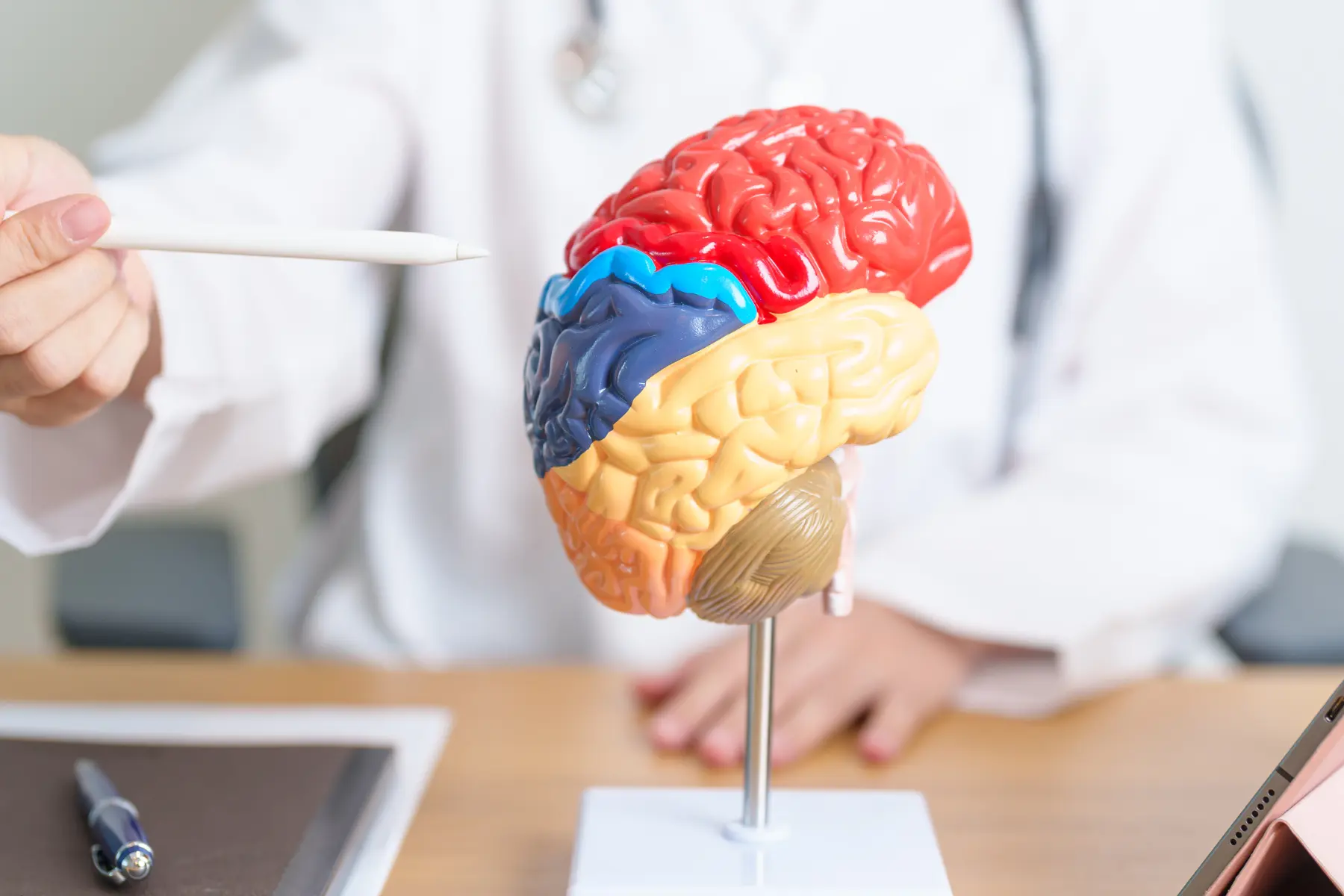Panic attacks are sudden episodes of intense fear or anxiety that lead to severe physical reactions such as racing heartbeat and shortness of breath, typically when there is no present danger or even no apparent cause. Panic attacks can be an extremely frightening experience; many people may think they are having a heart attack or dying when experiencing an unrecognized panic attack.
Usually, panic attacks begin suddenly, and there may not be any warning. They will only last a few minutes, but can cause feelings of fatigue afterwards. The symptoms and signs of a panic attack include:
- Rapid heartbeat
- Tightening in throat or shortness of breath
- Shaking or trembling
- Sweating
- Hot flashes
- Chills
- Nausea
- Headache
- Chest pain
- Abdominal cramping
- Tingling sensation or numbness
- Sense of impending danger
- Feeling of detachment from reality
- Fear of losing control or death
Panic attacks can be triggered by a specific event or stressful situation, but many people experience panic attacks with no prior warning or for seemingly no reason. Individuals with severe anxiety may be more susceptible to experience panic attacks. Sometimes, individuals who have a panic attack develop an intense fear of having another one, which may lead them to avoid certain places or situations. The anxiety and fear of having a panic attack can sometimes lead to the onset of one.
When an individual has frequent or recurrent panic attacks, it may be characterized as panic disorder, a type of anxiety disorder. Individuals with panic disorder may constantly worry about having a panic attack and will change their routine to avoid triggering one. Individuals may be more likely to develop panic disorder if someone else in the family has it, they have high levels of stress, or they have difficulty dealing with negative emotions. The disorder is often diagnosed alongside major depression.
How to Treat a Panic Attack
If you think you are experiencing the onset of a panic attack:
- Try to recognize that you are having a panic attack: Reminding yourself that the attack is temporary and that you are OK can reduce symptoms and allow you to focus on other calming techniques.
- Practice deep breathing: Hyperventilating is a common symptom of panic attacks that can increase fear, so try to practice deep, slow breaths to slow your heart rate and reduce cortisol levels. Breathe in for a count of four, hold for one second, and breathe out for a count of four.
- Close your eyes: Some people are overwhelmed by their surroundings during a panic attack. Closing your eyes can help you concentrate on relaxing and remove overwhelming stimuli. Similarly, plugging your ears might help you if you’re in a loud environment.
- Find a focus object: Instead of closing your eyes, some people prefer to find an object to focus all of their attention on; this helps to remove the awareness that a panic attack is occurring or distract the mind from stressors.
- Use muscle relaxation techniques: Muscle relaxation acts similarly to deep breathing and can help reduce panic attack symptoms. Practice muscle relaxation techniques at home or attend a muscle relaxation therapy to learn how to relax your muscles on command.
Panic Attack Prevention
There are a number of treatments and preventions that can stop or reduce the onset of panic attacks:
Psychological therapy: Many types of talk therapy, such as cognitive behavioral therapy (CBT), can help individuals manage anxiety, change thought patterns, and conquer panic-related fears. At TMS, we employ several methods as part of our holistic treatment plans, including CBT, ACT (Action and Commitment Therapy), and MBSR Therapy (Mindfulness Based Stress Reduction).
Medications: A variety of medications are prescribed for panic attacks, including antidepressants, anti-anxiety medication, and benzodiazepines. At TMS, we support treatments that avoid these traditional medications. Some medications can lead to dependence and do not teach the individual how to manage panic attacks and anxiety on their own.
TMS for anxiety: Transcranial magnetic stimulation is an alternative treatment option often used to treat anxiety. The non-invasive process involves sending magnetic pulses into the brain to activate neurons in a specified area. After completing a TMS treatment course, results can last for many months to years. TMS can also treat depression, some forms of chronic pain, OCD, PTSD, and can help with smoking cessation.
At Bespoke Treatment, we treat patients with a variety of anxiety disorders and conditions. We consider the unique needs, symptoms, and goals of each patient to create a personalized treatment plan that combines various treatments and therapies for the best results.


























